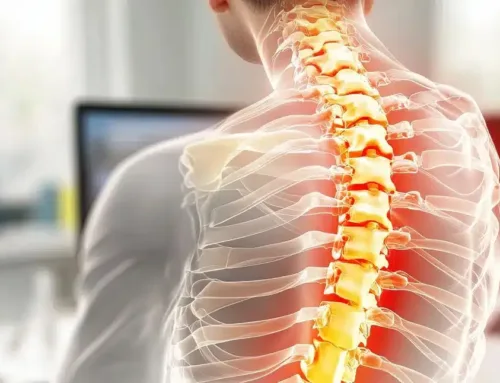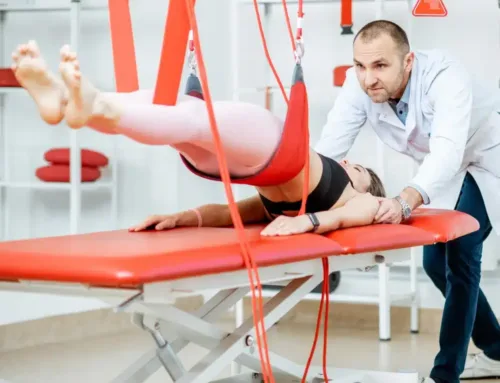Study Design. The study was carried out as an open randomized, multicenter, parallel-group study with an observation period of 12 months. Four Norwegian physiotherapy institutes took part. Patients were subsequently followed for 12 months of home exercise on their own, without the supervision of a
physiotherapist.
Objectives. 1) To investigate and compare the effects of two different exercise programs on low back problems in patients after a 1-year training program under the supervision of a physiotherapist. 2) To investigate the effect supervision by, and motivation from, physiotherapists has on training compliance
and efficacy.
Summary of Background Data. After ordinary physiotherapy treatment for low back problems, patients were randomly allocated either to a conventional training program designed by physiotherapists or to a training program using a new Norwegian-developed training apparatus called the TerapiMaster. The study included 153 patients with low back problems, all of whom had been referred to physiotherapy by their general practitioners. One hundred twenty-six patients were followed for an additional 12 months when performing home exercise programs on their own
Methods. Monitoring patient satisfaction with the training program, compliance with the program, and absenteeism from work during the training period.
Results. Patient satisfaction with both training programs was high, with about 83% of participating patients completing the study in accordance with the protocol. Mean absenteeism (SD) during the preceding year totaled 82,5 days(19,8) in the conventional training group and 61,6 days (14,7) in the TerapiMaster group. Significant reductions to 17,2 days (6,0) and 15,4 days (5,3) in the two groups, respectively, were recorded during the training period, corresponding to a 75% to 80% reduction compared with the preceding 1-year period. Mean absenteeism showed a further significant decline during the 12-month period without supervised training. The average values were 9,9 days (3,2) for conventional training and 9,3 days (3,1) for the TerapiMaster, respectively.
Conclusion. Both exercise programs reduced absenteeism significantly (75-80%). No difference in the effects of the two different programs was discernible. Regular follow-up through encouragement and variation in the training programs appear to be important factors for motivating patients to adhere
to regular exercise programs for low back problems. This thesis was corroborated by the 12-month study of unsupervised exercise.





